Industry Shaping: Emerging Technologies In The Datacenter Industry
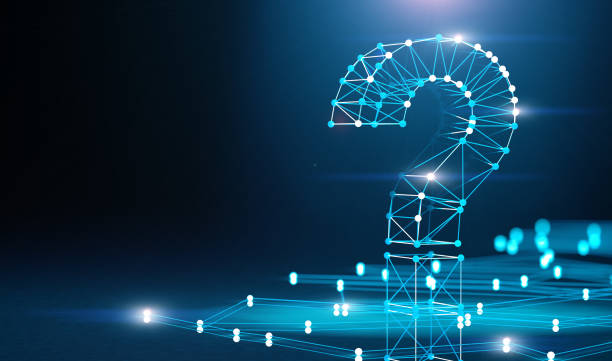
In our technology-driven world, smart devices are integral to daily life, making everything from remembering phone numbers to connecting with loved ones easier. This reliance on digital technology is causing a rapid expansion in data processing and storage needs. As more of the world gains internet access, this growth shows no signs of slowing. Key issues like energy conservation and datacenter operations have become increasingly pressing.
AI Datacenters: The Rapid Evolution Of The Datacenter Industry
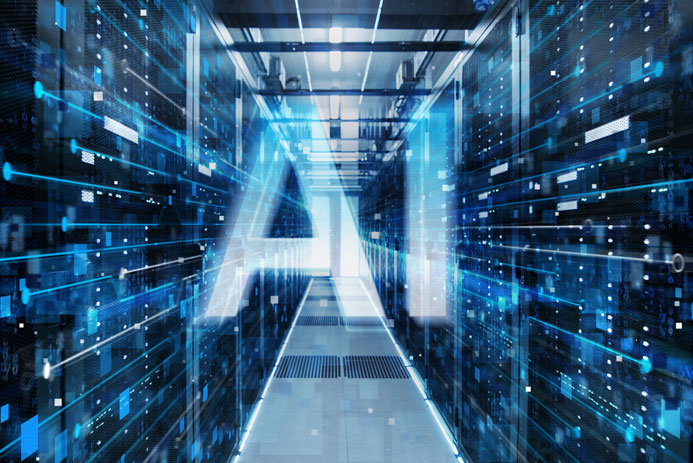
In a world where over five billion people are online, datacenters are at the heart of digital transformation. They not only meet today’s demands for increased connectivity, processing, and storage but also drive innovations that tackle the challenges of an interconnected planet. From the mainframe era to our current digital age, datacenters have evolved significantly, underscoring their critical role in shaping the future of global connectivity.
Are private equity real estate investment fund platforms the new FDI?

By Rajesh Kumar Tharmalingham – April 6th 2024 ON March 21, Prime Minister Datuk Seri Anwar Ibrahim announced that Malaysia had drawn RM76.1bil worth of potential foreign investments in the first quarter of 2024, largely from Australia, Germany and France. This follows the record-breaking RM329.5bil in approved investments last year. While the latest FDI numbers […]
Malaysia’s Full Potential: The Next Datacenter Hub For APAC
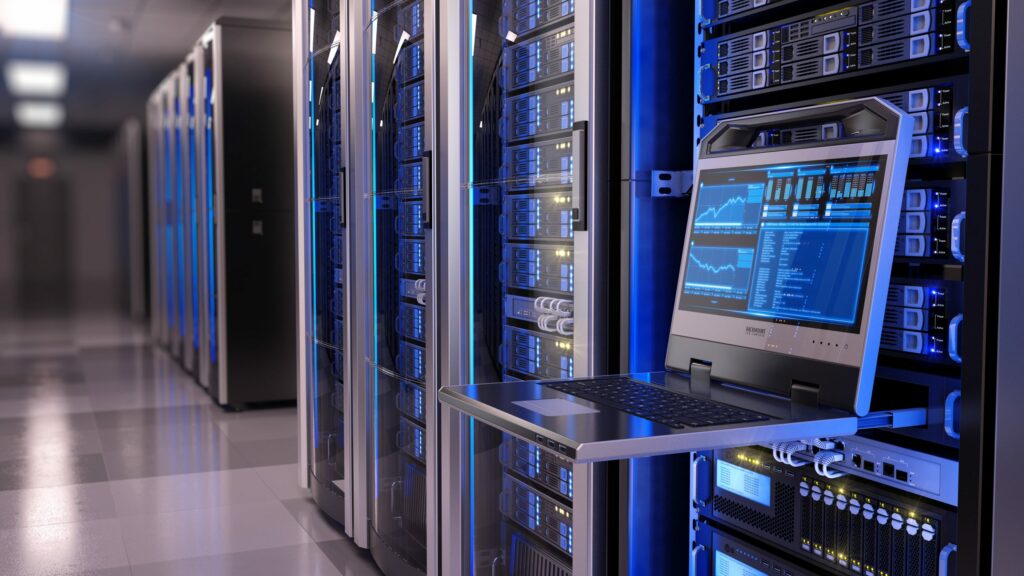
Malaysia’s strategic location and geopolitical neutrality could see the country press home its advantages through investment, establishing itself as a multiple hub country and accelerate realizing its potential as a data center hub further.
Using private leased land for industrial development?

By Dato Stewart LaBrooy – 24 March 2024 THE legal landscape governing land ownership in Peninsular Malaysia, as established by the National Land Code 1965 (NLC), has been in effect since Jan 1, 1966. As this foundational law nears its 60th year in 2026, it becomes imperative to look at its implications, particularly on the […]
Building on bricks and bytes
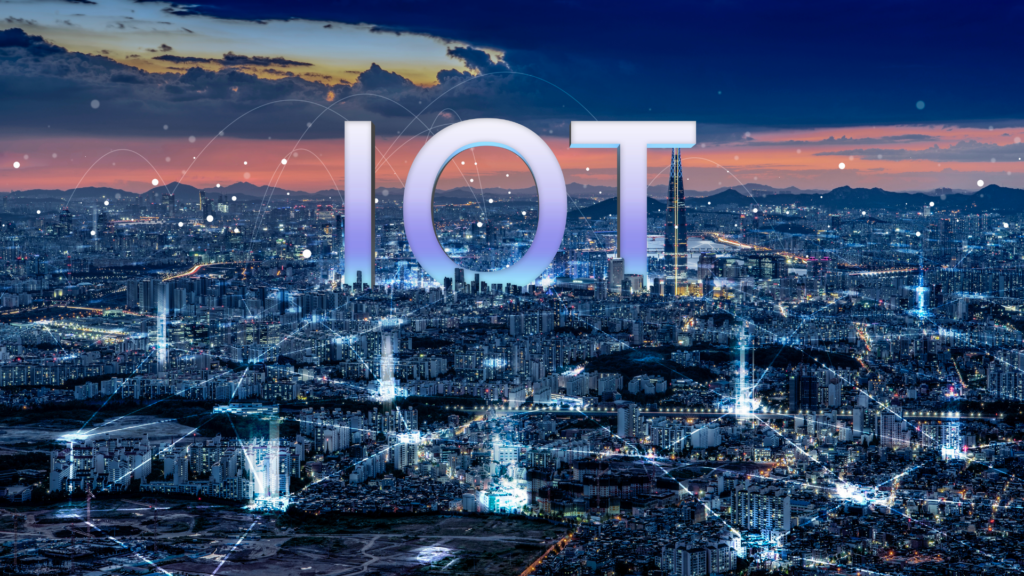
By Alistair LaBrooy – October 14 2023 THE Malaysian property sector, once defined by its rich legacy, now stands at an inflection point. As the landscape becomes increasingly complex, technology — particularly data analyt- ics, artificial intelligence (AI), machine learning (ML) and Blockchain — prom- ises to reshape the contours of prop- erty development, planning […]
Data centers: Key for Malaysia in the renewable energy market
Sliding ringgit, rising Singapore costs boost Malaysia’s appeal to foreign businesses: Industry experts
KUALA LUMPUR: The ringgit depreciation and escalating business costs in Singapore have made it more attractive for foreign businesses to operate out of Malaysia than its southern neighbour, industry specialists said. Seven in 10 businesses in Singapore are considering moving employees outside of Singapore, according to a poll by the European Chamber of Commerce there. […]
IIoT 4.0: How Technology is Altering the industrial development landscape

The fourth industrial revolution, or Industry 4.0, is characterized by the integration of advanced technologies such as artificial intelligence, robotics, and the Internet of Things (IoT) into industrial processes. IoT 4.0, in particular, has the potential to revolutionize the way industrial parks operate, providing unprecedented levels of visibility, control, and efficiency.
Kedah Poised to Become the Next Data Center Hub in Malaysia?
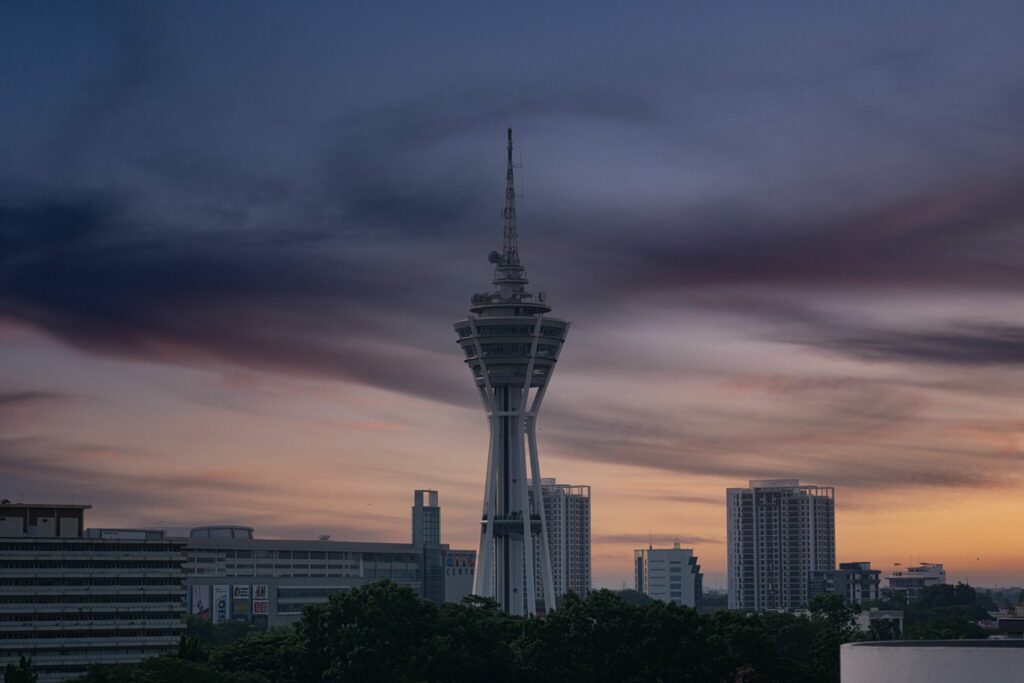
Malaysia is among the hubs for data centers in Southeast Asia due to its strategic location, political stability, and growing digital economy. Malaysia has a well-established telecommunications infrastructure with several undersea cables that provide high-speed internet connectivity to other countries in the region. Amazon Web Services (AWS) recently announced that it will be investing RM25.5 […]